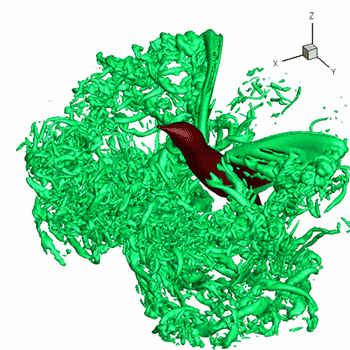How do you find the Vertical, Horizontal, and Oblique Asymptote given #f(x) = (4x) / (x^2+1)#?
1 Answer
The horizontal asymptote is
Explanation:
To find the vertical asymptote (VA), find the value of
There is no real solution, so there is no VA.
To find the horizontal asymptote(HA), compare the degree of the numerator to the degree of the denominator.
The degree of the numerator is
If the degree of the numerator is less than the degree of the denominator, the HA is
If the degree of the numerator is equal to the degree of the denominator, the HA is
If the degree of the numerator is greater than the degree of the denominator, there is an oblique asymptote.
In this example, the degree of the numerator is less than the degree of the denominator, so the HA is

